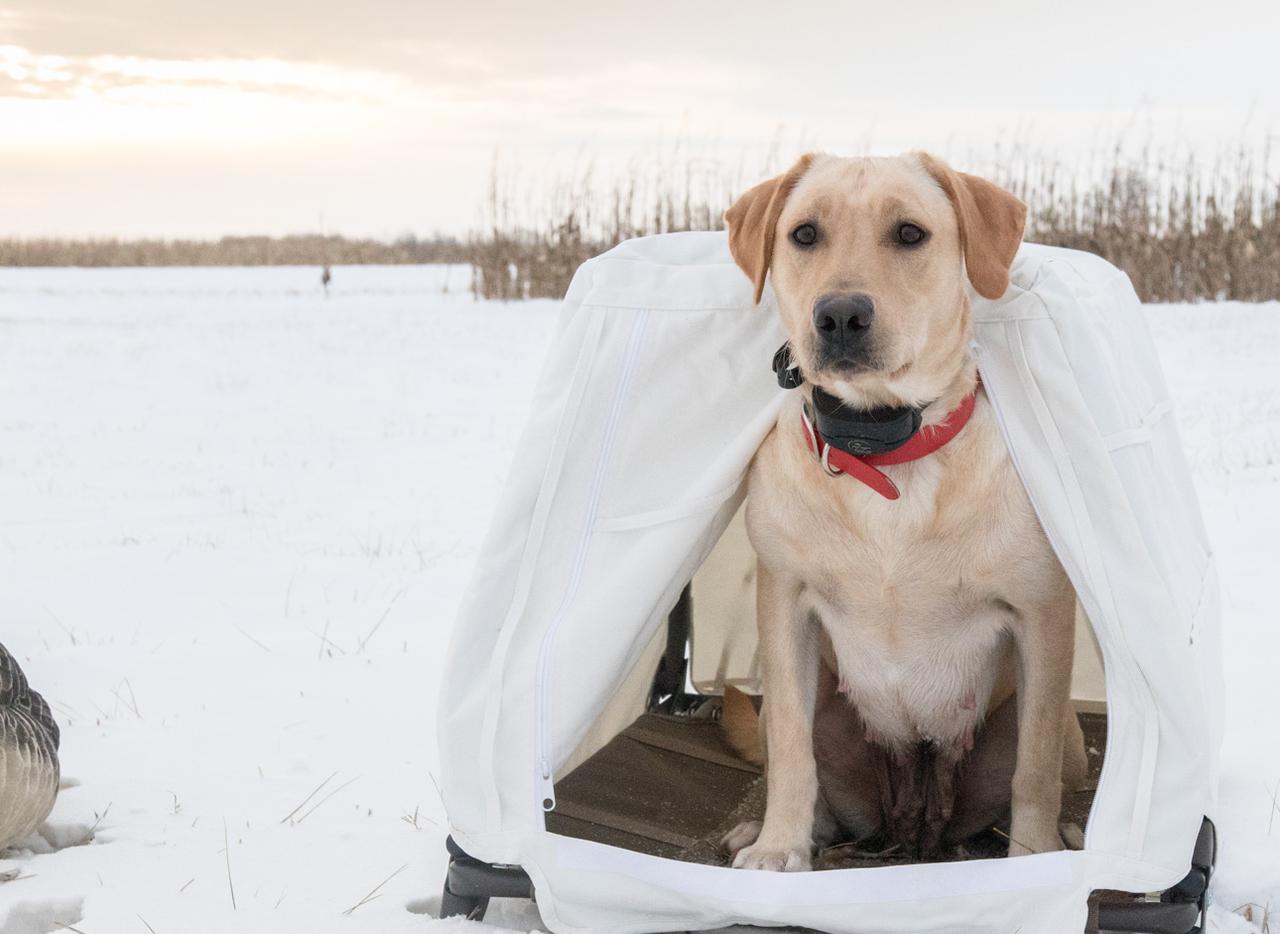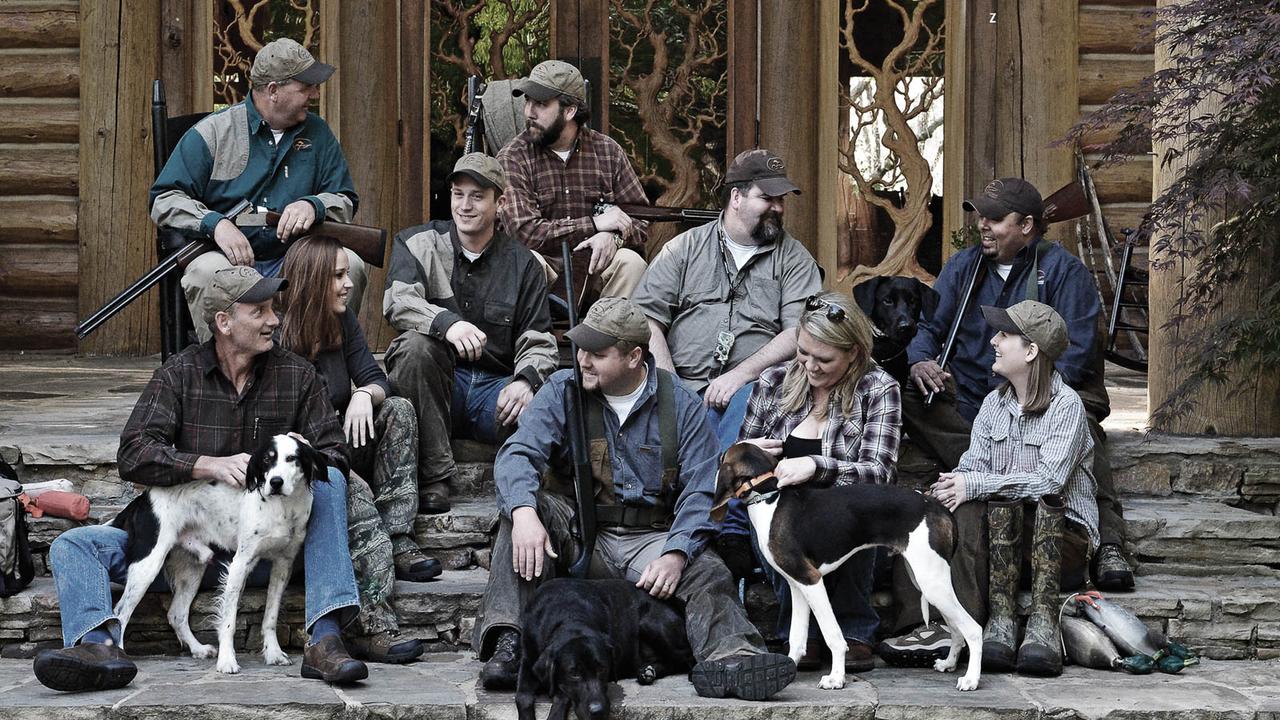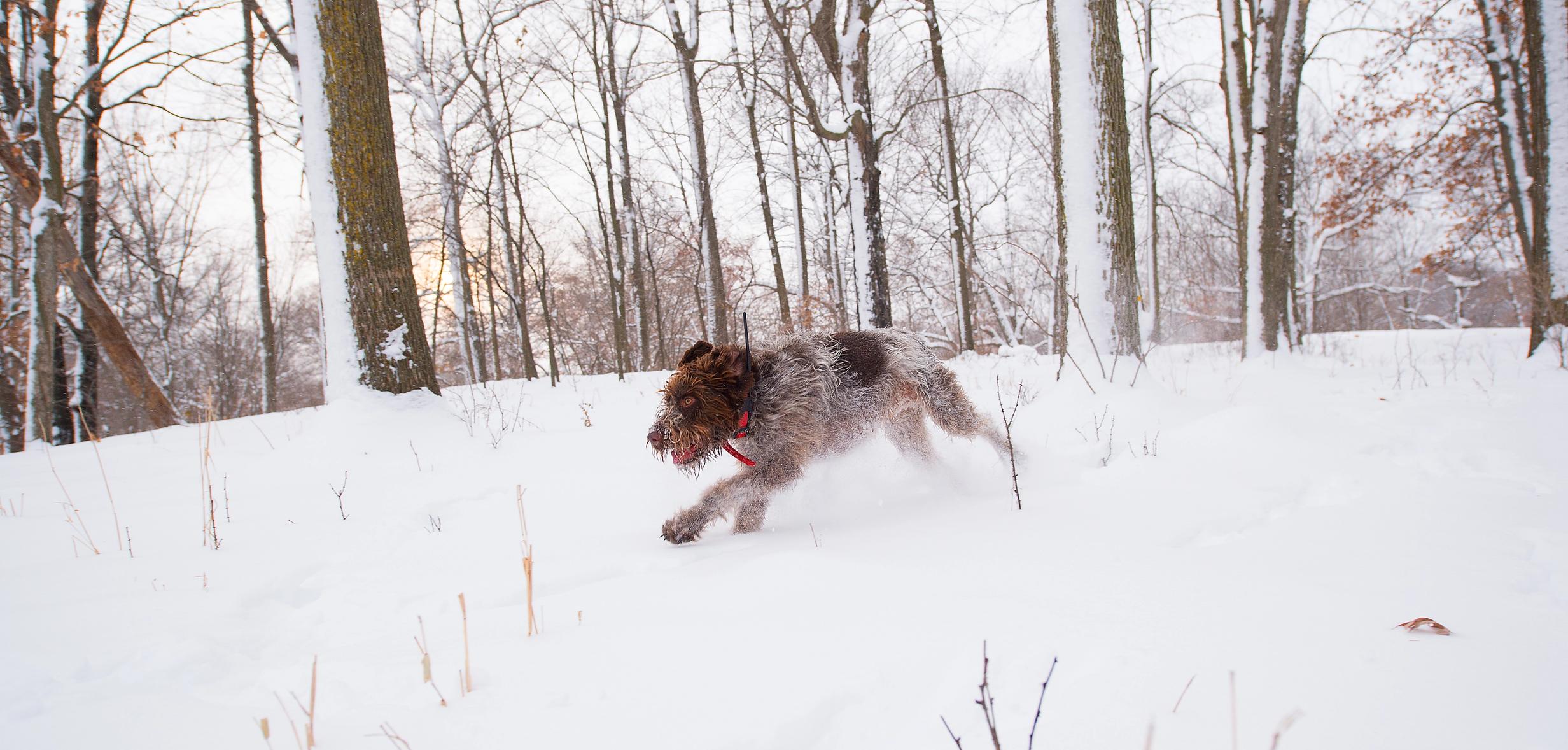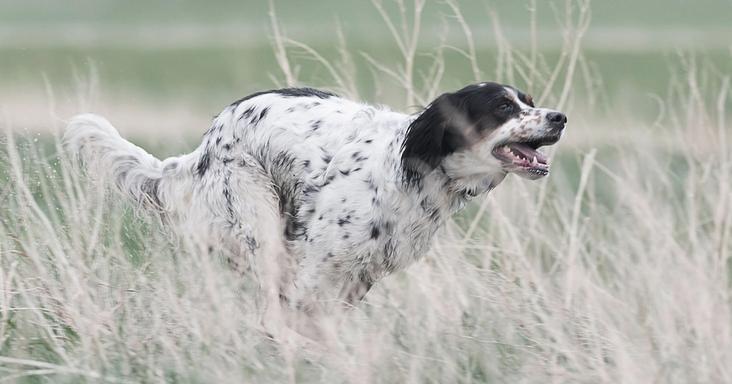
Working Your Dog in the Winter
Posted by The SportDOG StaffKeep your training sessions with your dog brief and efficient to stave off cabin fever while keeping your dog safe in inclement weather. For those of you caught in the polar vortex, you know it can limit your time out with your dog. The freezing cold temperatures can make it tempting to stay indoors, but too much time away from the great outdoors can have a negative effect on you and your dog. Cabin fever can result in decreased responsiveness to commands, increased inappropriate activity and decreased drive. To safely and effectively maintain your training schedule with your pup during the frozen months, follow these quick tips:
Keep Sessions Brief: This is a good principle to remember for any training session, particularly crucial during months of extreme weather. Your dog only requires 10-15 minute sessions to maintain proficiency in existing skills or to pick up new ones. If your emphasis is on conditioning and repetition, you can cover 4 to 5 commands each session. If you’re focusing on new behaviours, limit yourself to 1-2 per session.
Watch the Feet: A dog's paws can be incredibly sensitive to the elements. Frequently check your dog’s paws to ensure they are not overly chapped or injured for training. Do not leave them exposed to snow/ice for extended periods as there is a risk of frostbite and nerve damage under such conditions. It’s wise to invest in a quality set of dog boots if possible. Lastly, if you are in an area that might be treated with ice melt, wash your dog’s paws after every session. Certain types of salt can cause serious harm to your dog’s pads.
Groom Regularly: This is particularly important for long-haired dogs. In extreme conditions, it is possible for icicles to form on your dog’s ears, nose, coat or beard. It’s important to remove these swiftly as the ice can penetrate the coat and harm the dog’s skin.
Be Alert to Snow Consumption: Some dogs find it very tempting to eat snow. In small quantities this is acceptable, but too much can put your dog at risk of hypothermia. Eating snow lowers your dog’s internal body temperature as well as reducing the amount of time they can spend in the cold. To help prevent this always ensure fresh water is available during training sessions. If the behaviour continues despite alternatives, you can teach your dog not to eat the snow by following our training protocol for correcting behaviours.
Exercise Caution: Believe it or not, there is such a thing as too cold for hunting and training. It's extremely cold, but it does exist. If the temperatures in your area are anywhere near dangerous, it's best to skip the session for the day. Missing a couple of days here and there won't undo all of your hard work. A few days of cabin fever won't be pleasant for anyone, but it's much better than a trip to the emergency vet.
What other tips would you add to this list?

The SportDOG Staff
Related Articles

5 Essential Safety Tips for Walking Your Dog in Winter
by The SportDOG Staff
Keep your training sessions with your dog brief and efficient to ward off cabin fever, whilst keeping your dog safe in inclement weather. For those of you caught in the polar vortex, you're aware it can limit your time out with your dog. The freezing cold temperatures can make it tempting...

Building a First Aid Kit
by The SportDOG Staff
My background is somewhat different from that of many of the dog handlers on the SportDOG® ProStaff. I'm a tactical paramedic. I work with law enforcement and service dogs. In fact, I've never hunted with dogs. However, I've trained explosive-detection canines, and I specialise in cadaver dogs. Today, I teach canine...
